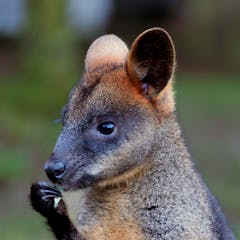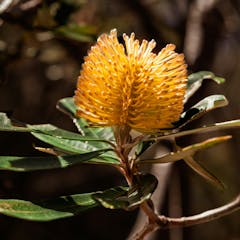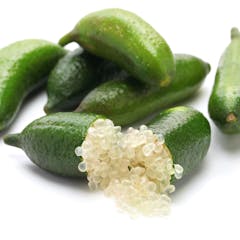
Articles on Native plants
Displaying 1 - 20 of 61 articles

The need to restore native vegetation is clear, but we can’t properly repair nature without good, diverse supplies of native seeds.

NoMowMay is a catchy concept, but it doesn’t provide the food that native North American pollinators need or lasting support for them.

This episode explores how colonial history has affected what we plant and who gets to garden. We also discuss practical gardening tips with an eye to Indigenous knowledge.

Each year, hungry plant-eating animals do billions of dollars of damage to valuable plants. We need prevention methods that don’t involve killing them.

Today, these plants are iconic to the Australian bush. But banksias and their many relatives originated in far-away shores 130 million years ago.

The father of Khoisan revivalism became a public historian as his academic work met activism.

Native common wildflowers provide large amounts of pollen and nectar for insects – but many are undervalued by the public.

Whether riding on the feathers of birds or evolving on Gondwana, Australia’s plants got here in very different ways

Native plants help damaged landscapes by stabilizing soil, fighting invasive species and sheltering pollinators. Two horticulture experts explain what they’re doing to help develop new seed sources.

They’re beautiful in bloom, but Callery pear trees crowd out native plants and turn productive open land into woody thickets.

Plant breeders must now engage with kaitiaki if special relationships with a plant have been asserted. But Māori have no say on the introduction of exotic plants that could become invasive.

Honey bees, wild and native bees face threats from parasites, pesticides and habitat loss. Shorter winters, more extreme weather and more habitat destruction won’t help.

Our study found it wasn’t cafes with access to sugar-rich food that led to more miner aggression. In fact, gardens were where we recorded the highest amount of aggressive behaviour.

With spring’s arrival, it’s important to know which plants might exacerbate hay fever. Surprisingly, it’s not native wattles you have to watch out for.

Spring has settled in and fruit is starting to ripen. Read this before you start helping yourself to the edible plants growing in your neighbourhood.

Many plants are really good at withstanding bushfires, but the combination of drought, heatwaves and pest insects under climate change may push them to the brink.

Farmers can help slow climate change by mixing native grasses into croplands, restoring wetlands and raising perennial crops. These strategies also conserve soil and water and build new markets.

Large-scale tree-planting projects are politically popular and media-friendly, but without effective planning and long-term management, they can do more harm than good.

Looking for a new gardening challenge? Turning your yard into an insect-friendly oasis could mean less work and more nature to enjoy.

What blooms underground and smells like vanilla? The answer is an underground orchid, and I never expected to see one, let alone have the privilege of working on them.
